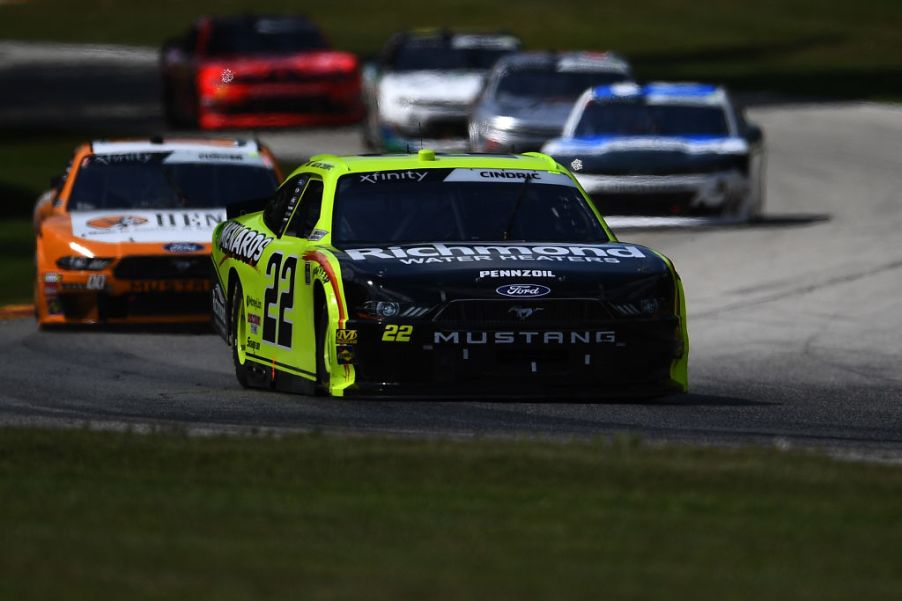
Here Are the Differences Between a NASCAR, IndyCar, and F1 Cars
If you can’t afford a turbocharged supercar, watching a race is the next best thing. It may look easy and fun to drive around the track at incredible speeds, but not just anyone can operate a racecar. These drivers must have lightning-fast reflexes, impressive handling skills, and the ability to effectively communicate with pit crews to ensure victory.
When it comes to racing, most fans are familiar with the three most popular leagues: NASCAR, the Indy 500, and Formula 1 (F1). While the tracks may look identical and the races have the same basic set of rules, the racecars themselves have a number of differences. These distinctions all bring different elements to race, which makes it more exciting for everyone.
Cost
Racecars are being pushed to the limits, even with pit stops. Because of this, they’re much more expensive than any vehicle you can find at a dealership. Racecars have racing-grade tires, an aerodynamic chassis, and an engine built from scratch and made specifically for racing.
Once the car is built, costs associated with maintaining the vehicle elevate its price tag even more. Racers will need to have both a primary and backup car, and transportation costs aren’t cheap. The engines alone can cost over $100,000 and must be rebuilt every season.
In total, the cost of one NASCAR car is estimated to be about $25 million, which includes all the modifications it will need during its lifetime. That’s slightly more expensive than an IndyCar, which averages $15 million. However, these figures pale in comparison to F1 cars, which can cost up to $470 million for a team of two.
Build
Each racing league’s vehicle has a unique chassis. The chassis of NASCAR cars is called the Car of Tomorrow and looks similar to a sedan. IndyCars use a Dallara chassis, which has an open cockpit and more aerodynamic wheels. F1 cars usually have a chassis similar to the Dallara. But each F1 team is required to work closely with the development team to build its own.
Engines
Each engine is custom-built using the newest technology for optimized racing. NASCAR’s Car of Tomorrow uses a gasoline-powered V-8 engine. Indy and F1 cars are designed with V-6 turbo engines. Indycars use Turbo Methanol for fuel, and F1 cars use gasoline.
Speed
Strategy and expert maneuvering are important factors in winning a race, but speed is even more crucial. All three types of racecars can easily go over 200 miles per hour, but some have better acceleration rates. An IndyCar may take up to three seconds to get from 0 to 90, while NASCAR and F1 cars can get there in as little as two seconds.
Who pays for it?
Racecars are extremely expensive to build and maintain. While a racecar driver can earn up to $300,000 per year, this is a mere drop in the bucket as the cost of a single racecar is in the million-dollar range. Luckily, sponsors like Budweiser and PepsiCo have millions to spare.
You can tell which vehicle belongs to a sponsor by the stickers on the car. The drivers and pit crew will also have the sponsor’s logo on their uniforms, and the driver is required to appear in endorsements for the brand. In addition to funding the creation of the cars, the sponsors also cover a good deal of research and development costs so each car can be built to run as fast and efficiently as possible.



